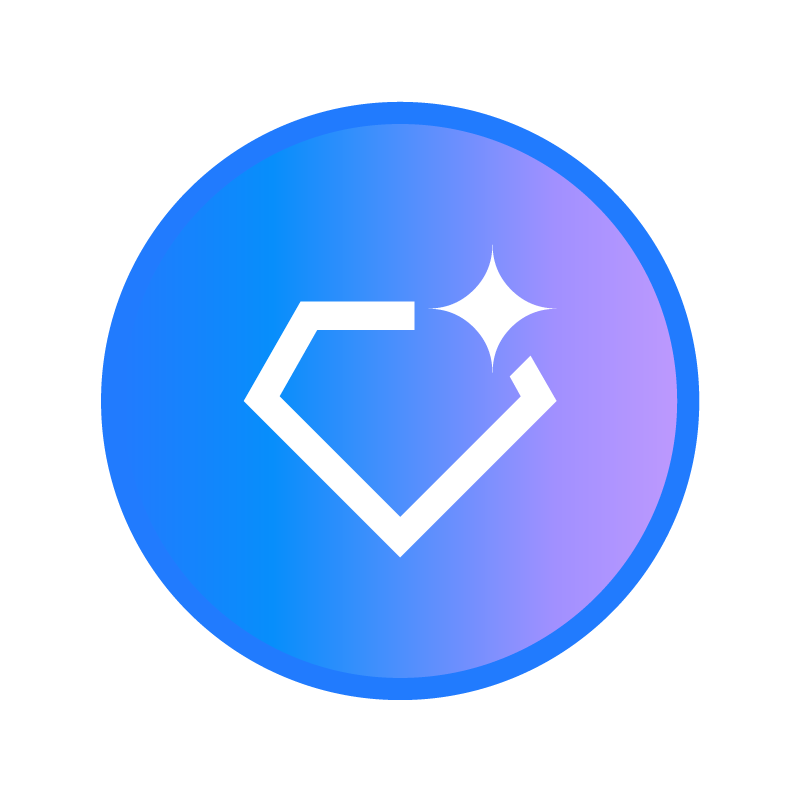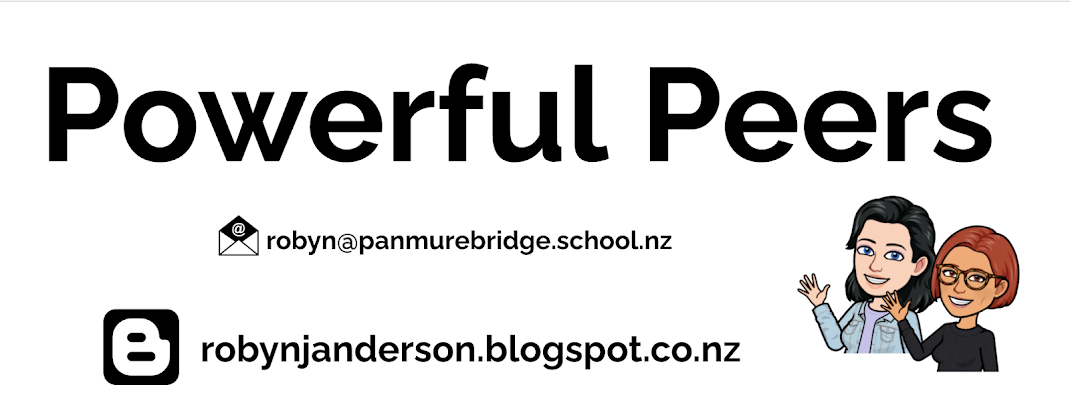My central motivation for this inquiry stems from a concern that the necessary rigor of the Structured Literacy framework could unintentionally stifle creative expression and deep demonstration of learning.
My perspective is rooted in my own educational experiences from a time dominated by repetitive, uninspired reading consolidation (the classic ‘duplicated worksheet’ era) where genuine engagement was rare. The moments that truly stood out were interactive like using the listening post or, more enjoyably, performing plays, especially when we could create our own costumes or masks.
This pattern continued early in my teaching career. I often defaulted to guided reading worksheets that, despite having diverse texts, asked the same predictable questions, which stifled independent thought. While I attempted to introduce new ideas, limited classroom technology and a lack of accessible Professional Learning and Development (PLD) hindered my sustained pedagogical growth.
When I joined the Manaiakalani cluster I was introduced to a culture of continuous learning and innovation that prioritises student engagement. This culture intensified my fear that the required intensity of Structured Literacy might accidentally regress our practice back to those days of ‘boring repetition.’
This concern drove my inquiry into effectively utilising the 'Create' component within our kura. A core goal of our previous PLD was moving teaching and learning 'above the line' of Dr. Ruben Puentedura's SAMR model—a framework that pushes technology use from simple enhancement (Substitution and Augmentation) toward transformation (Modification and Redefinition). My primary focus for this year was to ensure our literacy instruction maintained its rigor without sacrificing this transformational practice.
Initially, I looked at creative opportunities school-wide, quickly realizing the junior team excels in this area. For early readers, creativity is best fostered by hands-on, collaborative fun, rather than only with digital tools. This realisation saw me pivot for the first time as I couldn't limit my study to only digital affordances if I wanted to fully understand and strengthen 'Create' within Structured Literacy.
My next step was to narrow the focus to the senior team. However, I soon realised that a team embracing new PLD needs time to build confidence and implement change. Feedback from team meetings told me they certainly didn't need me critically observing the create opportunities in their reading lessons. This led to my final pivot of focussing exclusively on my own practice in my Year 7/8 classroom.
Focusing on my own Year 7/8 students (our most capable readers), provided an advantage. Given my existing literacy PLD, I wasn't entering the Structured Literacy framework completely cold. I challenged myself to incorporate the affordances of AI, alongside my well established kete of follow-up challenges, to encourage students to build on prior knowledge when showing their understanding of the new texts we unpacked.
A clear example is the inclusion of Gemini Gems in our guided reading follow-up (unpacked in an earlier post). The resulting change has been significant as student responses now feature more extended, student-initiated, and student-led discussion.
Ultimately, when 'Create' is properly embedded, it becomes a purposeful and engaging opportunity for tauira to demonstrate understanding. As educational theorist Elwyn Richardson observed, research shows students learn by actively constructing knowledge—a process that involves breaking down, rearranging, selecting, and demonstrating their understanding so that visualised thoughts were given an opportunity to be created.
My perspective is rooted in my own educational experiences from a time dominated by repetitive, uninspired reading consolidation (the classic ‘duplicated worksheet’ era) where genuine engagement was rare. The moments that truly stood out were interactive like using the listening post or, more enjoyably, performing plays, especially when we could create our own costumes or masks.
This pattern continued early in my teaching career. I often defaulted to guided reading worksheets that, despite having diverse texts, asked the same predictable questions, which stifled independent thought. While I attempted to introduce new ideas, limited classroom technology and a lack of accessible Professional Learning and Development (PLD) hindered my sustained pedagogical growth.
When I joined the Manaiakalani cluster I was introduced to a culture of continuous learning and innovation that prioritises student engagement. This culture intensified my fear that the required intensity of Structured Literacy might accidentally regress our practice back to those days of ‘boring repetition.’
This concern drove my inquiry into effectively utilising the 'Create' component within our kura. A core goal of our previous PLD was moving teaching and learning 'above the line' of Dr. Ruben Puentedura's SAMR model—a framework that pushes technology use from simple enhancement (Substitution and Augmentation) toward transformation (Modification and Redefinition). My primary focus for this year was to ensure our literacy instruction maintained its rigor without sacrificing this transformational practice.
Initially, I looked at creative opportunities school-wide, quickly realizing the junior team excels in this area. For early readers, creativity is best fostered by hands-on, collaborative fun, rather than only with digital tools. This realisation saw me pivot for the first time as I couldn't limit my study to only digital affordances if I wanted to fully understand and strengthen 'Create' within Structured Literacy.
My next step was to narrow the focus to the senior team. However, I soon realised that a team embracing new PLD needs time to build confidence and implement change. Feedback from team meetings told me they certainly didn't need me critically observing the create opportunities in their reading lessons. This led to my final pivot of focussing exclusively on my own practice in my Year 7/8 classroom.
Focusing on my own Year 7/8 students (our most capable readers), provided an advantage. Given my existing literacy PLD, I wasn't entering the Structured Literacy framework completely cold. I challenged myself to incorporate the affordances of AI, alongside my well established kete of follow-up challenges, to encourage students to build on prior knowledge when showing their understanding of the new texts we unpacked.
A clear example is the inclusion of Gemini Gems in our guided reading follow-up (unpacked in an earlier post). The resulting change has been significant as student responses now feature more extended, student-initiated, and student-led discussion.
Ultimately, when 'Create' is properly embedded, it becomes a purposeful and engaging opportunity for tauira to demonstrate understanding. As educational theorist Elwyn Richardson observed, research shows students learn by actively constructing knowledge—a process that involves breaking down, rearranging, selecting, and demonstrating their understanding so that visualised thoughts were given an opportunity to be created.

No comments:
Post a Comment